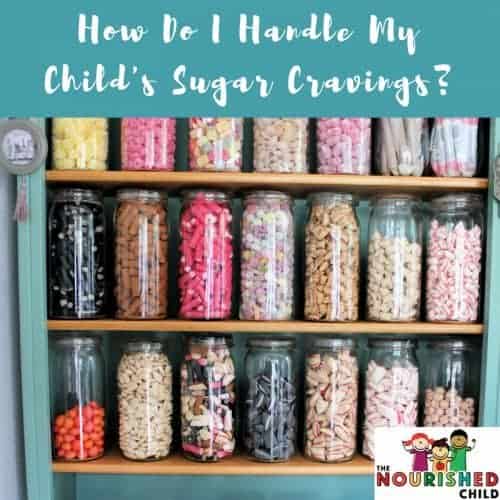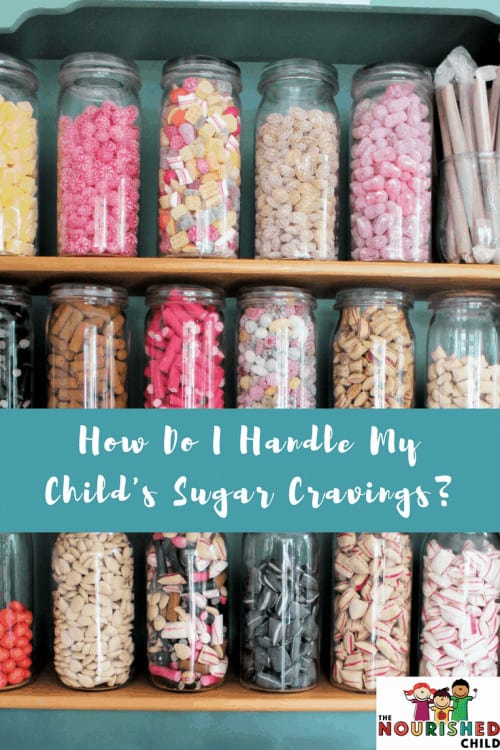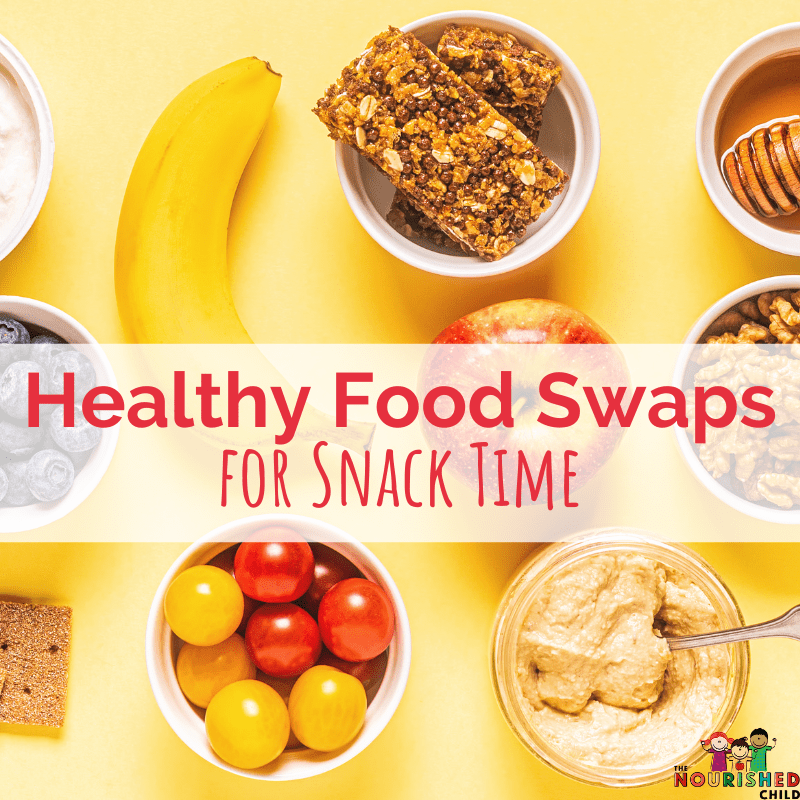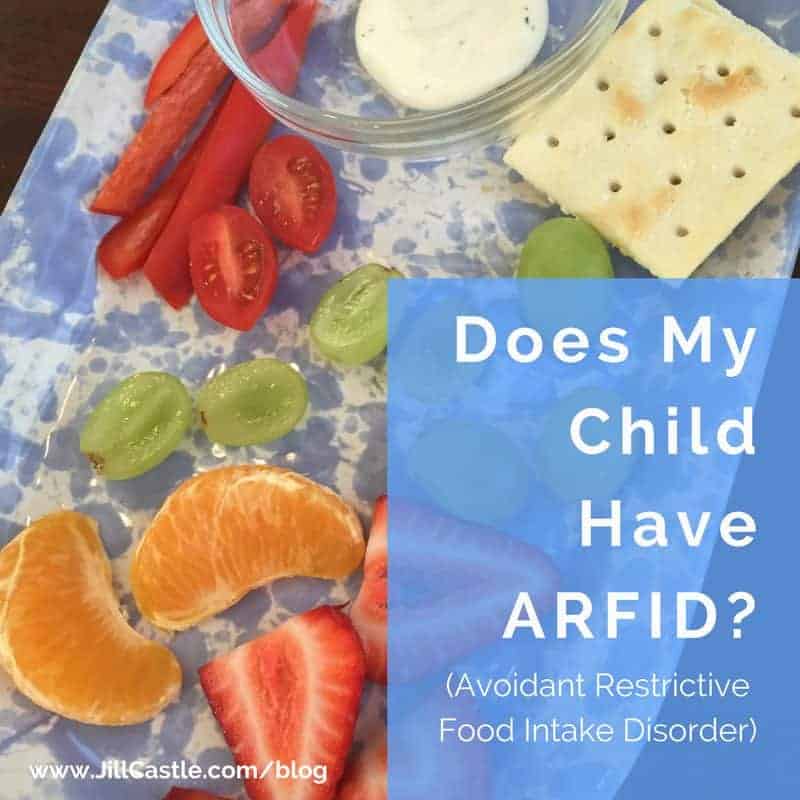What To Do When Your Child is Constantly Craving Sugar
October 14, 2022
Learn why kids love sweets, how to handle sugary treats and your child’s love of sweet foods, and how you can help keep a healthy balance to their diet.
If your child is constantly craving sugar, you may be worried. Yes, kids are eating more grams of sugar than ever.
It’s true, even some parents fear their child is developing a sugar obsession or addiction.
My Child is Constantly Craving Sugar
“Every time I take my child to the grocery store, she begs and begs me for sugary cereal,” said Jennifer, a mom of two kids under the age of six. “I don’t want to go over-board with sweets and sugar, yet I don’t want to make them ‘forbidden fruit’ and contribute to her sugar cravings, either.”
Some parents find themselves in a quandary when it comes to sweets and other sugary foods. They worry sweet treats are playing too big a role in their child’s diet.

They fret that the exposure to sugar is getting out of hand (some of which they have little control over) and a stronger preference for sweet foods is developing.
Other families struggle to see the totality of eating sugar and excess sweet food in their children’s diets and how it may put their child at greater risk for behavioral problems and health concerns.
How Many Sweet Treats for Children are Okay?
Questions surround the issue of eating sweets, partly because they are a prominent food source in many kids’ eating patterns.
Should they be tightly controlled? Can children have free rein and eat them until they’re satisfied?
And what constitutes a sweet food?
Should sweets be tightly controlled? Should kids have free reign and eat as much as they want? Click To TweetUndoubtedly, American children love sweets. And, according to the Center for Disease Control (CDC), young Americans are eating too much added sugar.
In other words, eating sweets is becoming an undesirable cornerstone of the American diet, offsetting a more balanced diet.
A 2012 study looked at the sugar consumption patterns in youth from 2005 to 2008, and found the following eating patterns (including the amount of sugar) among kids:
| Age | Avg. daily calorie intake from added sugar in Males ______________________________ | Avg. daily calorie intake from added sugar in Females ______________________________ |
| 2-5 year olds | 218 calories | 195 calories |
| 6-11 year olds | 345 calories | 293 calories |
| 12-18 year olds | 442 calories | 314 calories |
Boys ate more sweet food than girls, and the types of sweets consumed were largely from food rather than drinks, and these were mostly consumed at home.
In 2019, the American Academy of Pediatrics stated that on average children are consuming 17% of their calories from sugar.
I’m Afraid My Child is Addicted to Sugar
Statements like “eat less,” or “eat sweets in moderation,” or even “avoid all sweets,” may confuse parents, leaving them wondering exactly what they should do.
Especially if they feel their child has sugar cravings or is preoccupied with them.
Some parents will fall into the ‘no sweets at all’ camp, eliminating every speck of sugar from the home. Their hope is to improve the situation and dull their child’s interest in them.
What often happens in this scenario is what Jennifer feared: a child who is constantly craving sugar and becoming overly focused, or even appearing addicted to sweets.
Other parents may know their child eats too many sweets, but they don’t know what to do about it.
They’re stuck in an unhealthy and unproductive pattern that doesn’t serve their child’s health.
Just today in the grocery store, I saw a mom and her preschooler pick out chocolate pudding for a snack.
Chocolate pudding isn’t necessarily problematic in and of itself (read more about chocolate milk here), but I found myself wondering if she thought about balancing the totality of other foods eaten during the day.

Is a Sugar Addiction in Kids Real?
Sugar turns on the reward center in the brain, releasing feel-good chemicals, like dopamine. This feel good chemical not only elicits good feelings, but it tells your child to keep doing the thing (eating sweets) that makes them feel good.
But can kids truly be addicted?
Children’s cravings for sugar is not in the same as a person who is addicted to drugs. Rest-assured: There is no evidence that sugar addiction is a thing in kids.
But, do kids love sweets? Yes.
Do they get excited when they can eat them? Probably.
Can a child appear to be constantly craving sugar? Of course.
Does this equal addiction? Unlikely.
How Much Sugar a Day for Kids
There are a few things to keep in mind as you navigate sugary foods and treats for kids:
1. For children under the age of two:
For young toddlers, eating sugary foods shouldn’t be part of the regular diet at all.
In fact, if you can hold off on introducing them until after age two, you’ll get a head start on helping your child develop their taste buds for a variety of foods, and a preference for healthier options.
I do think it’s okay for young ones to have birthday cake—all of my kiddos did.
The main point is to steer away from regularly offerings sweet foods in the first two years of life.
2. For older kids and teens:
Staying away from eating sugar is really hard, especially as children get older.
This is one reason you may get frustrated with them –they’re everywhere and trying to control them is impossible.
And it’s why you need a plan for sweets at home.
Adding to the confusion are the two different recommendations regarding sugar intake in children. The Dietary Guidelines for Americans (DGA) state that sugar should be less than 10% of the total daily calories.
The World Health Organization (WHO) suggests no more than 5% of daily total calories come from added sugar.
Personally and professionally, I line up with the WHO, advising families to keep sweets to one or two items per day if the child is a healthy, growing, active child.
I based my 90-10 rule on the idea that 10% of calories in the daily diet come from sugary and fatty or fried foods. You can read more about the 90-10 rule and in my other books, as well.
Why Does My Child Crave Sugar?
There are many reasons why a child might be drawn to sugary foods. For one, both amniotic fluid and breast milk are sweet and this presets a preference for sweet flavors.
I talk about this in my podcast interview with renowned flavor preference researcher, Dr. Julie Mennella.
Children also taste sweet flavors more intensively, which triggers feel good chemicals in the brain.
Other reasons exist too, like needing more energy for growth, and hunger.
Carbohydrates, which are found in high concentrations in sugary foods, signal energy and can quickly satisfy a hungry child.
Other reasons like boredom, habits, and just a positive association with eating sweets and treats can be the reason for your child’s sweet tooth.
How to Help the Child Who is Craving Sugar and Sweets
Despite having an idea of how to balance foods so that children eat mostly healthy food with small amounts of sweets, you may need some additional guidelines. I’ve got some for you!
Keep perspective
Kids are naturally drawn to sweets, so it isn’t their fault if they like to eat them.
Don’t blame your child (or yourself) if his taste buds like sweets, rather accept it as a natural part of the childhood nutrition experience.
That said, develop a sweets strategy!
Set boundaries
You can make sweet things a part of your everyday life, or not. I always had a “no sweets during the school week” rule, and let my kids have more liberty with them on the weekends.
That worked well for us.
Some parents are more comfortable offering them everyday (which is ok), and others are not.
Find your comfort zone where you can draw the line, giving consideration to what you can mentally and emotionally handle, and what is good for your child and the whole family. Boundaries should emphasize nutritious foods and limit sweets (but not eliminate them).
Change the definition of sweet foods
Sweets don’t always have to equal sugary foods.
How about a bowlful of fruit with a dollop of vanilla yogurt?
Or a piece of peanut butter toast with a few chocolate chips perched on top?
The point is, “dessert” doesn’t have to be drenched in sugar. And, even traditional sweet recipes can be scaled down to minimize the sugar rush.
How to Stop Sugar Cravings
Some kids are more sensitive to food cues, such as the sight or smell of food. They are what we call “food responsive.” They respond to external food cues, like sight, smell, or a memory of the taste of sugar.
Having the temptation of sweets always around may be unhelpful for these children because they will have a hard time self-regulating their behavior – eating – around them.
If this is your child, less access to sweets and more structure around when sweets they’re available is more helpful. Consider removing the temptation if sweets trigger your child’s eating or cravings.
Offer other satisfying, nutritious snack options.
Do set up predictable times for sweets, however, to help them know when they can be expected and to avoid feelings of food restriction or scarcity.
How do you handle the sweet stuff in your house?
I’ve Got More Help if Your Child is Craving Sugar
Check out my parent education website, The Nourished Child, full of workshops, classes and guidebooks to help you. The Weight is Over workshop may be especially helpful!
Want your child to eat healthier foods? Check out my workbook, Try New Food. It takes you step-by-step through the process of helping your child try new food, no matter how picky he is.

This article was originally published in February, 2018 | Updated October 2022.











